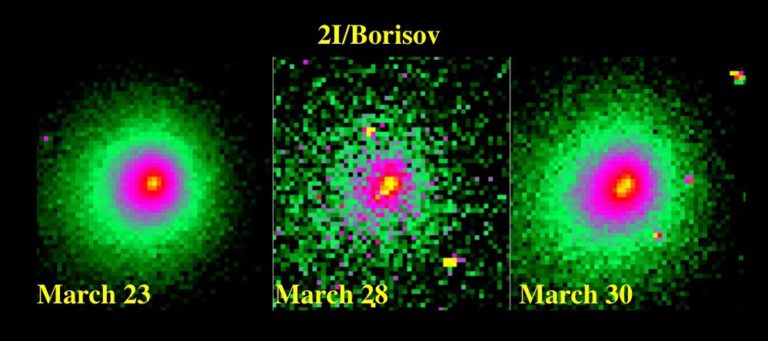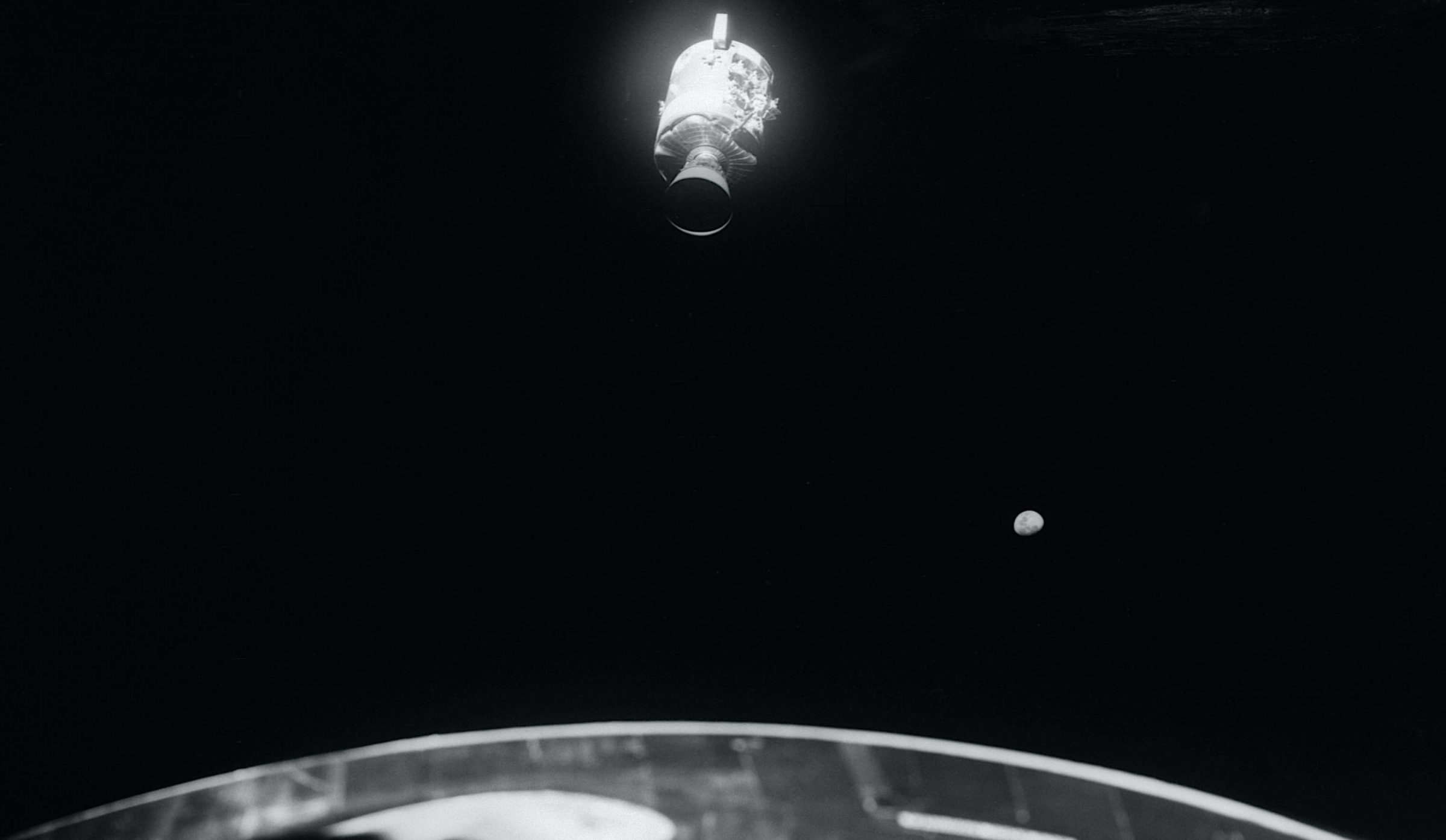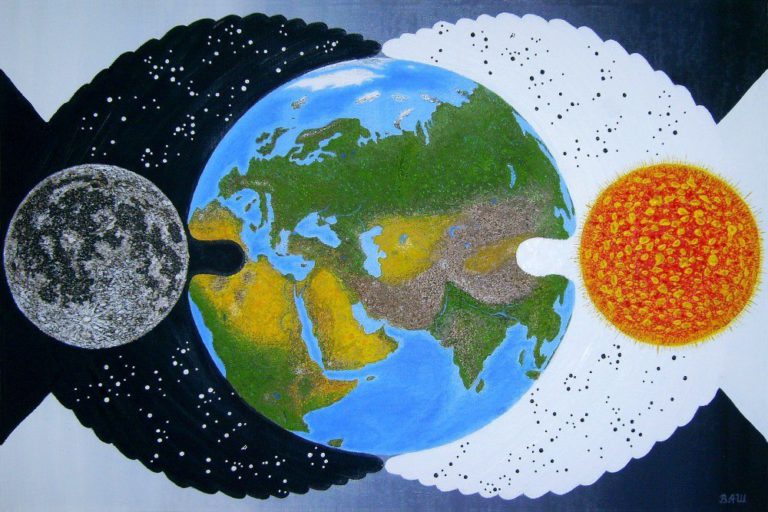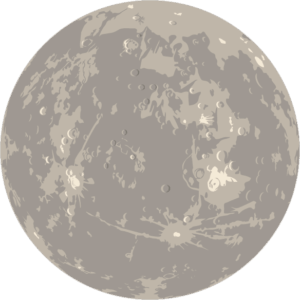The Downlink • Apr 10, 2020
A fractured comet and a deep dive into planetary science funding
Space Snapshot

This stunning image, taken by the Cassini spacecraft in 2005, shows Saturn peeking out from behind its moon Titan’s thick atmosphere. We’re sharing lots of awe-inspiring images like this on Twitter and Instagram throughout this time of isolation. Check out the hashtag #InSpaceTogether for more.
You love space, now take action
This weekly newsletter is your toolkit to learn more about space, share information with your friends and family, and take direct action to support exploration. Anyone can subscribe at planetary.org/connect to receive it as a weekly email.
Mission Briefings


Comet 2I/Borisov, an interstellar comet that was detected passing through our solar system in 2019, has apparently split into 2 pieces (pictured). Researchers made the discovery using the Hubble Space Telescope. By studying interstellar comets and asteroids, scientists learn whether other solar systems are made of the same materials as ours. Image credit: NASA / ESA / D. Jewitt (UCLA) et. al

NASA finished accepting new applications for its astronaut program. More than 12,000 people applied from every U.S. state, the District of Columbia, and four U.S. territories. NASA’s astronaut selection board will now assess applicants’ qualifications and invite the most qualified candidates to Johnson Space Center in Houston for interviews and medical tests. The selected astronaut candidates are expected to be introduced in mid-2021. Wondering what it takes to be an astronaut? Here are the requirements.

The European-Japanese BepiColombo spacecraft flew by Earth yesterday, using our planet’s gravity to swing towards the inner solar system. To reach Mercury, the spacecraft has to perform 1 flyby of Earth, 2 flybys of Venus, and 6 flybys of Mercury before settling into Mercury orbit in 2025. Learn why we explore Mercury, and what BepiColombo hopes to discover there.

Three new crewmembers are safely aboard the International Space Station, bringing the total number of people in space back up to 6. Chris Cassidy, Anatoly Ivanishin, and Ivan Vagner launched aboard a Soyuz rocket from Kazakhstan Thursday and docked at the station 6 hours later. Next week, Jessica Meir, Oleg Skripochka, and Andrew Morgan are scheduled to return to Earth in a different Soyuz capsule.

Boeing will re-fly the uncrewed demonstration mission of its new Starliner spacecraft to the International Space Station, after the first flight test was cut short by software glitches. SpaceX, meanwhile, is still preparing to launch 2 astronauts to the ISS aboard its Crew Dragon spacecraft in May—the first human spaceflight from Florida since the end of the Space Shuttle program in 2011.
From The Planetary Society


11 April marks the 50th anniversary of the launch of Apollo 13, a mission most famous for its “successful failure.” Most of us know at least a little bit about this story, in part thanks to the movie adaptation starring Tom Hanks. But there’s much to be learned about this remarkable moment in space history. As part of our Apollo program storytelling series, discover the whole story of Apollo 13 and the sheer ingenuity that turned a disaster into a momentous victory. Pictured: Apollo 13’s damaged service module, as photographed from the lunar module after jettisoning hours before re-entry. The moon occupies the lower-right side of the picture.

Looking for a deep dive into NASA’s history? Check out our new planetary exploration budget dataset that shows you when and where NASA spent its money exploring the solar system. We’ve pulled out some interesting analyses of the shifting scientific and political priorities of planetary science over time, plus you have direct access to the data so that you can explore it yourself.

Join us on 23 April for a very special interactive edition of Planetary Radio Live! Host Mat Kaplan will be joined by our Chief Scientist Bruce Betts to share cool space facts, answer your questions about space, and quiz you on space trivia. Tune in via our website on Thursday 23 April at 1pm PT/ 4pm ET/ 8pm UTC. More details to come in next week’s Downlink email.
What's Up

This is a great week for planet-gazing. Depending on where you live, seven planets may be visible. Venus is still bright in the evening sky. Before dawn, you can spot Jupiter, Saturn, and Mars. In the Southern Hemisphere, Mercury can be seen just before sunrise. And if you have binoculars or a telescope, you might be able to spot Neptune very close to the Sun around sunrise and sunset.
A Global Space Party

Named after Yuri Gagarin, the first human to fly in space, Yuri’s Night is the world’s biggest celebration of all things space. This year, Yuri’s Night is organizing a special global webcast event on Saturday 11 April. You can celebrate space along with special guests including Planetary Society CEO Bill Nye, chat with other participants, and even enter an online costume contest! Check out the website to learn more.
Wow of the Week

This piece of artwork titled “Duality” was shared with us by Ukrainian artist Slava Shakhov. Shakhov has created many space-inspired pieces. If you create artwork inspired by space, we invite you to share it with us.
Do you have a suggestion for the Wow of the Week? We’re looking for space-related art, music, gadgets, quotes, fashion, burning questions, sci-fi passages, or anything else that will make our readers go “Wow!” Send us your idea by replying to this email.


 Explore Worlds
Explore Worlds Find Life
Find Life Defend Earth
Defend Earth


